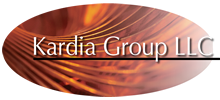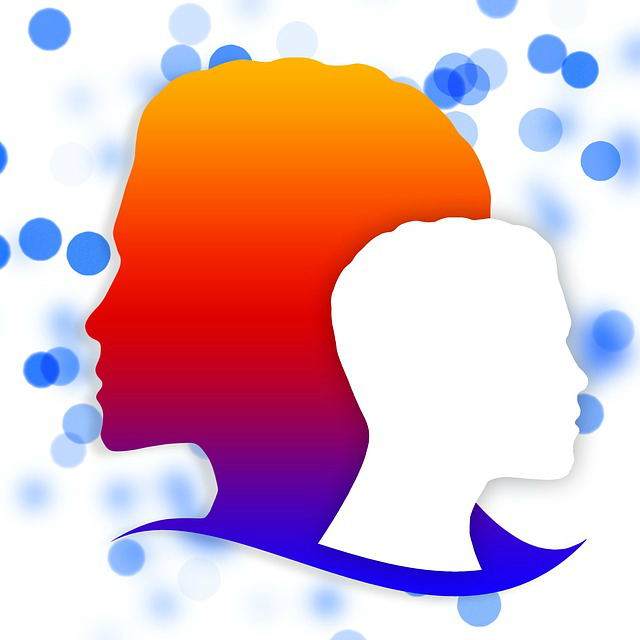Dissonance drives change. The work of Piaget, Festinger and Lewin (among others) demonstrates that without dissonance, and the equally important process of resolution or integration, it is unlikely that people or organizations will let go of prior ideas and embrace new possibilities.
What is Dissonance?
Dissonance is the state created by the introduction of conflict between two (or more) sets of ideas about the world and oneself – e.g., between what one was taught and what one now sees to be true, or when an assumption of meritorious advancement and fair play meets the recognition of unearned privilege and structural discrimination.
Organizations also experience dissonance. For example, a change project may examine the conflict between organizational values and the day-to-day practices and operations that undercut those values.
This state of conflict is psychologically uncomfortable and distressing for individuals and organizations, and typically must then be resolved, generally through one of three routes:
- retreat to one’s original conceptions and rejection of the new
- adoption of the new accompanied by partial or total rejection of the old
- a collaborative discovery of a new outcome, often as an evolution of the existing culture/practices/beliefs into a new form
This third route, the process of collaborative discovery, is the foundation of the most robust and sustained change processes in individuals and organizations.
Making Effective Use of Dissonance

To introduce or make use of dissonance, we need to accurately assess and understand the current state. In other words, to design change one must know the starting point as well as the end point. To this end, assessment tools such as Lewin’s Force Field Analysis (FFA) help to identify the current balance of resources and barriers as a means for understanding the status quo and the nature of the change that is needed.
For an example of the FFA, see: Force Field Analysis for Creating More Diverse and Inclusive Departments
Introducing new information or actors into a system (via a diagnostic assessment, or hearing the voices of excluded or previously silent groups, or a comparison with other organizations and their practices), can point out flaws in the current state of affairs and thus create the dissonant impetus for disruption of the status quo and thus change. In Lewinian terms this means “unbalancing” the field of forces that keeps an individual or organization in stasis.
Sustaining Change
The creation of dissonance and conflict does not itself guarantee change. Ongoing support for new ideas and actions is required for the collaborative discovery process to take hold. Without such ongoing support, people and organizations become paralyzed, retreat into old patterns, or adopt new solutions in reactionary or ineffective ways. “Buy-in” is cultivated by creating the conditions for individuals and organizations to successfully navigate dissonance through interaction, discussion, discovery, and support.
Furthermore, change is seldom a one-step or uniform process. Change is integrated and fueled through an iterative process of dissonance, followed by reflection and action for resolution, followed by further dissonance, further resolution, etc. The use of tools such as the FFA make this cycle more conscious and deliberate, and create the conditions for collaborative discovery.
Much thanks to Mark Chesler, PhD, who has played an instrumental role in our understanding of the role of dissonance in making change.



